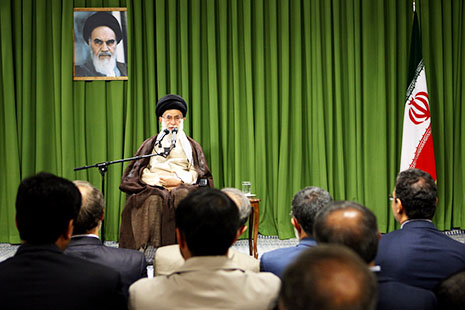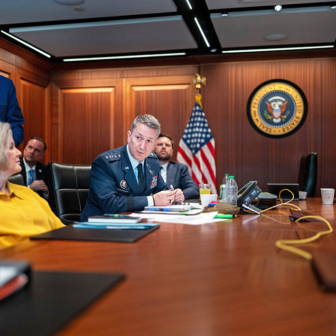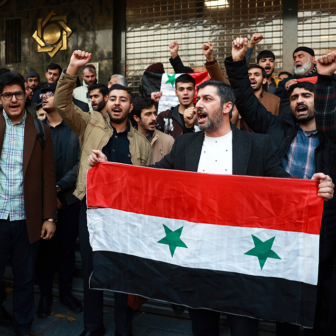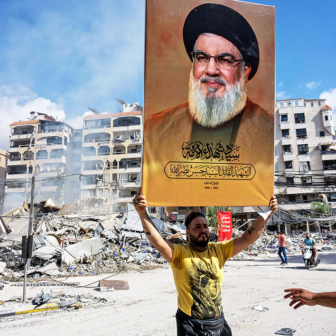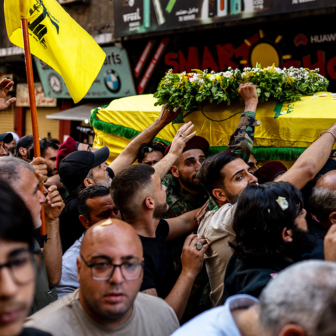IRAN’S PRESIDENTIAL election campaign had many of the trappings of a western democratic election, including mass rallies and live television debates. The incumbent, Mahmoud Ahmadinejad, was handicapped by his inept economic management, Iran’s reduced oil income and the changed geopolitical climate following the election of Barack Obama. Election night brought a shock result: Ahmadinejad was returned in a first round landslide, outpolling the reformist, Mir-Houssein Mousavi, two to one. Since then there have been waves of popular protests and a violent crackdown by the regime. Scores have died. Ali Ansari, professor of Iranian history and director of the Institute of Iranian Studies at the University of St Andrews in Scotland, updates Peter Clarke on events since the presidential election in this interview recorded on 24 June.
The report mentioned in this podcast, Preliminary Analysis of the Voting Figures in Iran’s 2009 Presidential Election, is edited by Ali Ansari and published by Chatham House and the Institute of Iranian Studies, University of St Andrews. Research and analysis by Daniel Berman and Thomas Rintoul.
Podcast theme created by Ivan Clarke, Pang Productions.
